Savannah, Georgia, a city renowned for its Spanish moss-draped oaks and historic charm, holds within its embrace two unique spaces where history and tranquility intertwine: Colonial Park Cemetery and Bonaventure Cemetery. More than just final resting places, these Victorian-era cemeteries have evolved into cherished public parks, offering a glimpse into the city’s past and a serene escape for residents and visitors alike.
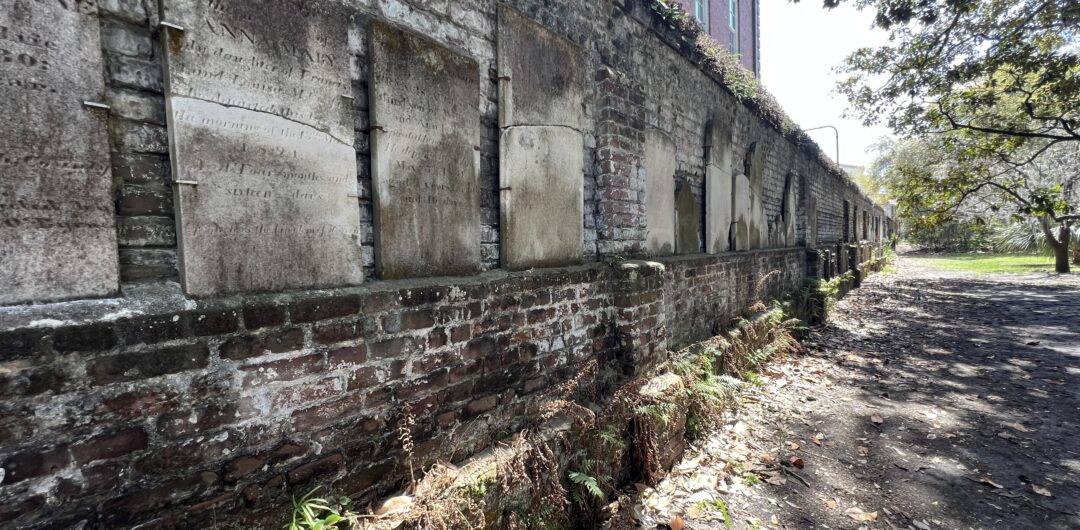
Note: I find cemeteries (especially from the Victorian era) jaw-droppingly beautiful and peaceful. They’re a reminder of folks who were just like we are now, simply trying to live their best lives and make for a lovely respite. In no way do I find them creepy or scary and I truly appreciate cities, including Savannah, that embrace the past and preserve the future.
Savannah City Cemetery Sanctuaries: A Stroll Through Time
Today, Colonial Park and Bonaventure Cemeteries offer more than just historical insights. Their tranquil pathways, shaded by ancient trees, provide a peaceful respite from the city’s bustle. They are places for quiet reflection, appreciation of art and nature, and a tangible connection to the generations that came before.
Exploring these serene city sanctuaries is an essential experience for anyone seeking to understand the rich tapestry of Savannah’s past and present. Remember to visit respectfully and allow the quiet beauty of these spaces to speak for itself.
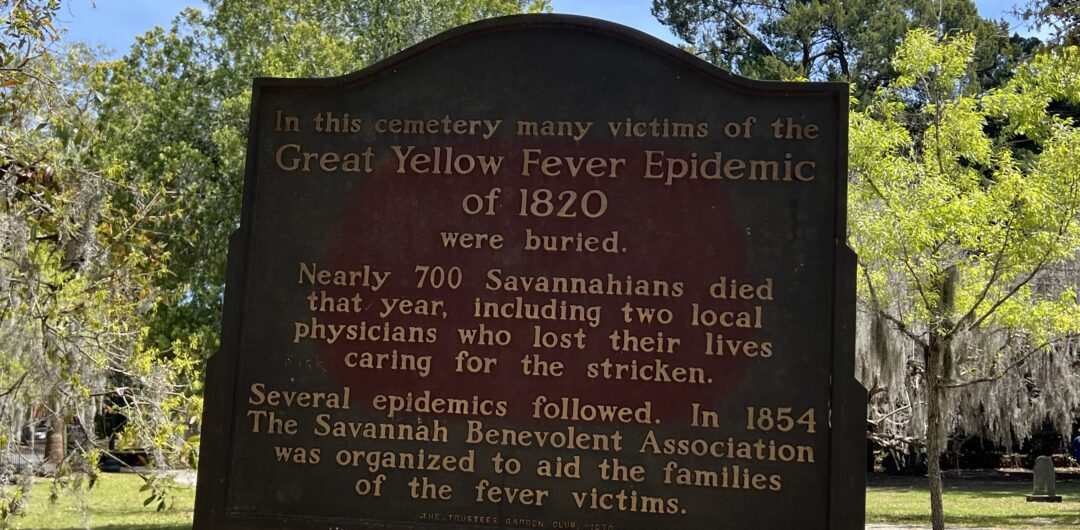
From Sacred Grounds to Public Parks: A Transformation
Colonial Park Cemetery, established in 1750, served as Savannah‘s primary public burial ground for over a century, holding the remains of early settlers, Revolutionary War heroes, and victims of devastating yellow fever epidemics. By the late 19th century, with burials ceased and the grounds falling into disrepair, the city recognized an opportunity.
In 1896, Colonial Park Cemetery was transformed into a public park, a move driven by a desire to preserve its historical significance and create a green space within the burgeoning urban landscape. This transformation ensured the stories etched in its tombstones would continue to be accessible to all. Today, this Savannah city cemetery is a spot for visitors to learn about the area and its residents, for folks who want to take a leisurely stroll, and history buffs.
Similarly, Bonaventure Cemetery, initially a private venture known as Evergreen Cemetery from its establishment in 1846, gradually transitioned into a public space. Situated on the scenic Bonaventure Plantation along the Wilmington River, it was acquired by the City of Savannah in 1907.
This acquisition ensured the preservation of its stunning natural beauty, intricate monuments, and the legacies of the notable individuals interred within its grounds, opening it up for public appreciation.
Resting in History: Notable Figures
These cemetery parks are the final resting places of individuals who significantly shaped Savannah’s and the nation’s history:
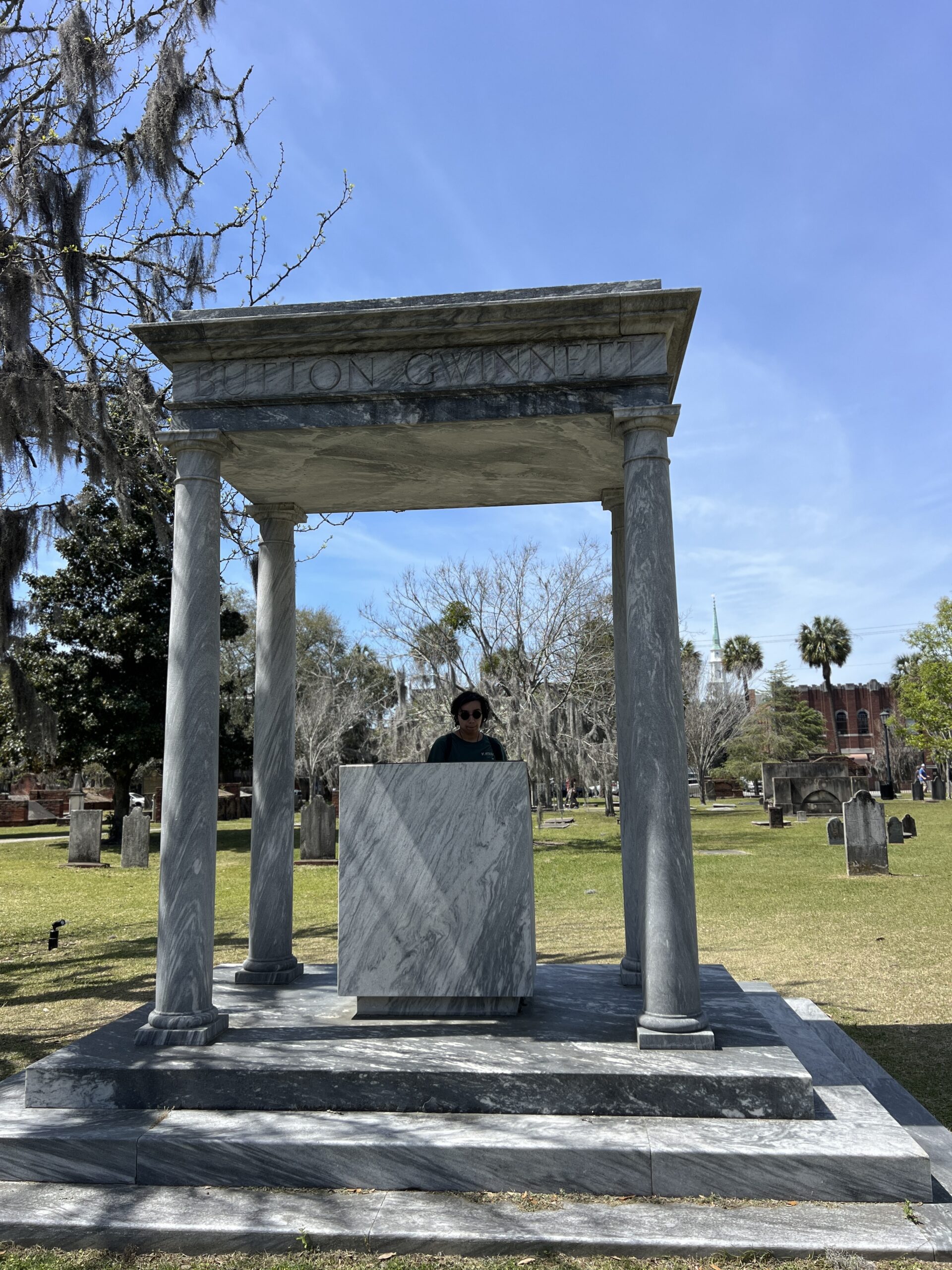
Colonial Park Cemetery:
- Button Gwinnett (c. 1735-1777): A prominent figure in the American Revolution and a signer of the Declaration of Independence. His burial here underscores the cemetery’s early importance.
- Archibald Bulloch (1730-1777): The first President of the Provincial Congress of Georgia, a key leader in the early days of the Revolution.
- Major General Nathanael Greene (1742-1786): A celebrated hero of the Revolutionary War. Although his remains were later moved to Johnson Square, his initial burial was within Colonial Park.
- Over 700 victims of the 1820 Yellow Fever Epidemic: Their mass grave serves as a poignant reminder of the city’s struggles with disease.
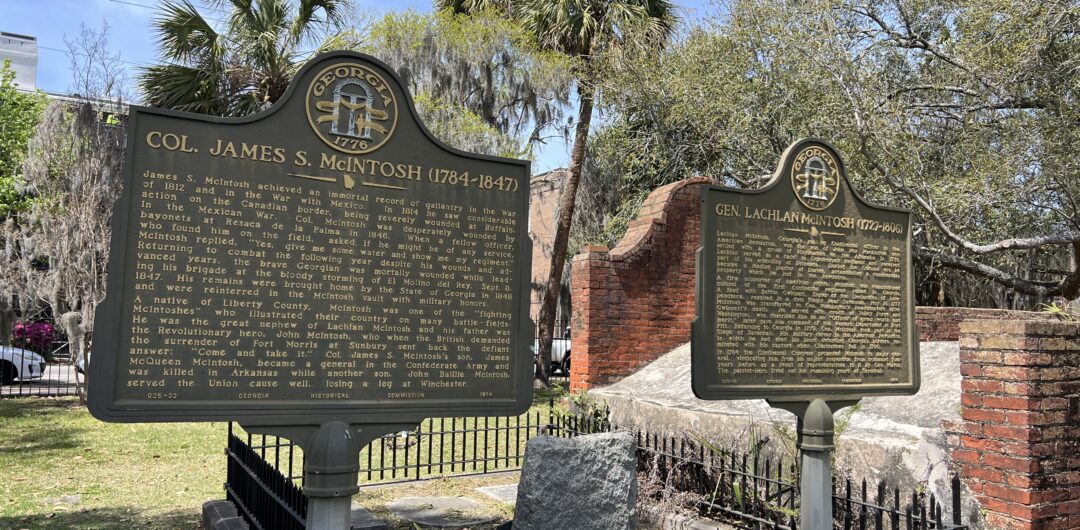
Bonaventure Cemetery:
- Johnny Mercer (1909-1976): An iconic American songwriter, winner of four Academy Awards, and founder of Capitol Records. His Savannah roots are deeply honored here.
- Gracie Watson (1882-1889): The touching statue on her grave has made her an enduring symbol of childhood innocence and a beloved figure in Savannah’s history.
- Conrad Aiken (1889-1973): A Pulitzer Prize-winning poet and novelist, representing the city’s rich literary heritage.
- Josiah Tattnall III (1795-1871): A Commodore in the U.S. Navy and Captain in the Confederate Navy, highlighting Savannah’s complex role in American history.
- Mary Telfair (1791-1875): A significant philanthropist and art collector whose legacy continues through the Telfair Museums.
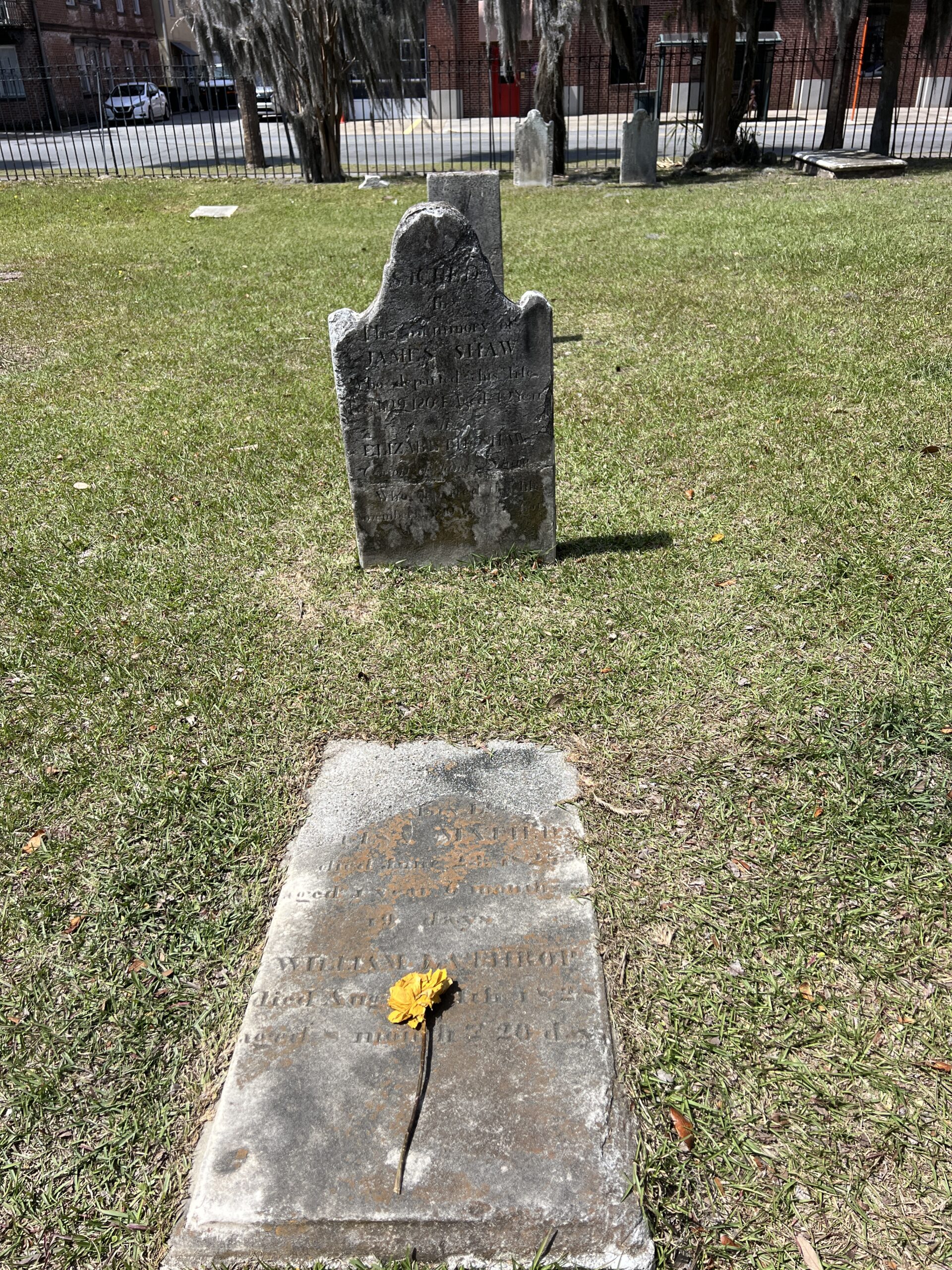
Whispers in Stone: Intriguing Headstones
Beyond the famous names, the cemeteries themselves are outdoor art galleries, featuring a variety of headstones that reflect the evolving styles and sentiments of their respective eras:
Colonial Park Cemetery:
- Elaborate Ledger Stones: Many early graves are marked by flat, horizontal stones with detailed inscriptions, often including lengthy epitaphs and family crests, offering insights into colonial life and beliefs.
- Symbolic Carvings: Look for stones adorned with symbols of mortality such as skulls and crossbones (memento mori), winged cherubs representing the soul’s ascent, and weeping willows signifying mourning.
- Weathered Inscriptions: Time has faded many inscriptions, adding an air of mystery and prompting contemplation about the lives they represent. Some headstones are rumored to have been altered by Union soldiers during the Civil War, with dates and ages seemingly changed, adding to the cemetery’s enigmatic aura.
- Mass Grave Marker: The simple marker for the hundreds of yellow fever victims serves as a stark reminder of the devastating impact of epidemics on the city.
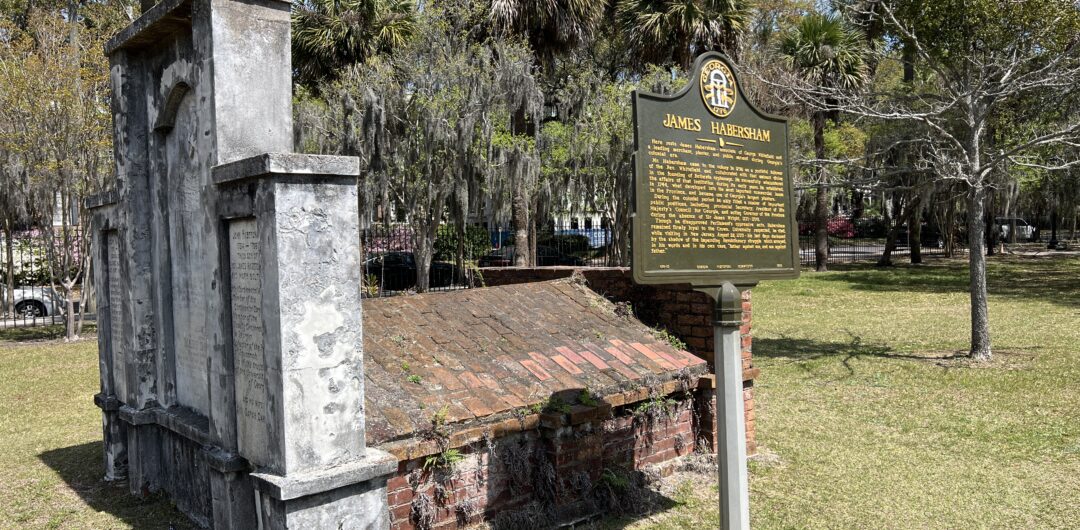
Bonaventure Cemetery:
- Ornate Statuary: Bonaventure is famous for its elaborate sculptures, from life-sized figures of angels and grieving individuals to intricately carved portraits, showcasing Victorian-era artistic expression and the desire to create lasting memorials. The statue of Little Gracie Watson is a particularly poignant example of this artistry.
- Architectural Mausoleums: Wealthier families erected impressive mausoleums, some resembling miniature Greek temples or Egyptian tombs, reflecting their status and aspirations for eternity.
- Symbolic Details: Keep an eye out for headstones featuring symbols like broken columns representing a life cut short, lambs signifying innocence (often on children’s graves), and clasped hands denoting farewell or eternal union.
- Unique Materials: The use of various stones like marble and granite, each weathering differently over time, adds to the visual interest and historical texture of the cemetery.
